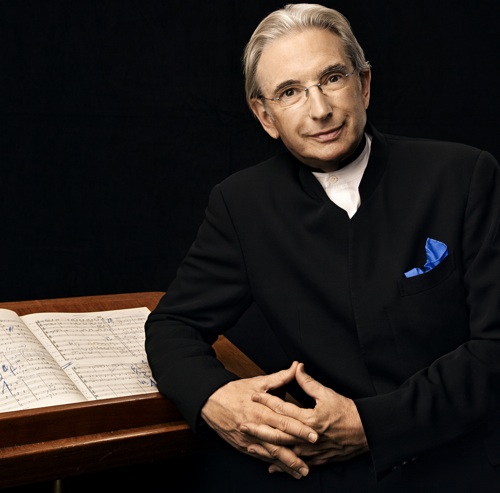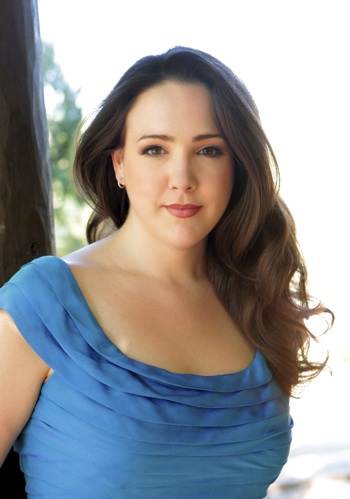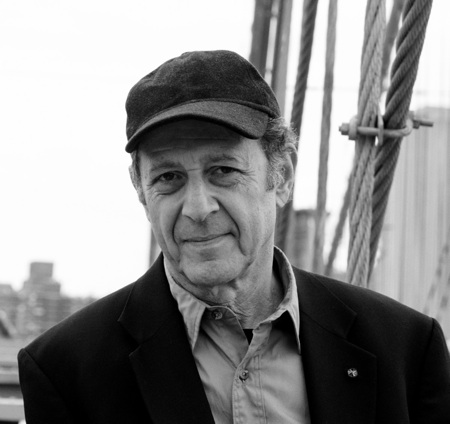Three composers and an American lineage.
In June of 2000, Michael Tilson Thomas created and led an American Mavericks festival with the San Francisco Symphony, with 14 separate programs over two-and-a-half weeks. That festival was a celebration of the diversity and exploration of American composers and helped to cement a movement that defies easy classification.
 One of those “maverick” composers, Steve Reich, is turning 80 this Oct. 3, and in his honor MTT conducted a program last weekend, Sept 9 and 10, at Davies Symphony Hall that paired Reich with quintessential American composers Aaron Copland and George Gershwin, followed by a Sunday tribute consisting solely of Reich’s works. I heard the Friday, Sept. 9 program, and taking those three icons of the twentieth century together, one could better appreciate their similar attempts to meld the classical, modern and populist idioms.
One of those “maverick” composers, Steve Reich, is turning 80 this Oct. 3, and in his honor MTT conducted a program last weekend, Sept 9 and 10, at Davies Symphony Hall that paired Reich with quintessential American composers Aaron Copland and George Gershwin, followed by a Sunday tribute consisting solely of Reich’s works. I heard the Friday, Sept. 9 program, and taking those three icons of the twentieth century together, one could better appreciate their similar attempts to meld the classical, modern and populist idioms.
MTT has been a champion of Reich throughout a long career. “In 1971, when I introduced Steve Reich’s Four Organs at Carnegie Hall, the music caused a near-riot,” he wrote in an illuminating book that followed the 2000 Festival. “I guess you could call the performance both persuasive and risky.”
He opened Friday’s concert with the suite from Copland’s ballet, Billy the Kid. This was teasing and expansive music, evoking a broad Western landscape with spare harmonies, open fifths and yearning sixths (no, not that kind of open fifths). Trumpet and oboe doubled down to give long notes bite and depth, and the brass entered with a big framework that could be described as part pentatonic, part Stravinsky neoclassical, and all folk. Flutist Tim Day rode over the deep thrums of timpani and strings with a slow pacing and bright sound, the stuff of star-filled nights and dusty days.
The busy sounds of a rustic town followed, clip clops on wooden blocks, chords with “wrong” notes, and then the sudden violence of slack drum and staccato snare to recreate a gun battle, and finally swelling with glorious brass – and afterwards MTT singled out trumpet player Mark Inouye for a bow.
In a word, Copland captured something essential about an American mythos.
 This was the first week of their new season, but the SF Symphony was already crisp and full, and rendered each texture deliciously.
This was the first week of their new season, but the SF Symphony was already crisp and full, and rendered each texture deliciously.
Soprano Susanna Phillips followed the Suite with a more thoughtful side of Copland, singing four poems by Emily Dickinson from a cycle of eight songs that Copland set for voice and orchestra. These were gentle offerings and treats of texture. In “Nature, the gentlest mother” Phillips breathed soft notes that carried through Davies Hall, then turned warm in “Heart” and almost wicked in “Going to Heaven.” She finished that set with the well-known “The Chariot.” (Some know it better by its first line, “Because I would not stop for Death, He kindly stopped for me.”) Here, Phillips’ soaring lines were mirrored by flute and bassoon and gravely paced by basses.
She next turned her attention to another benchmark that defined American music. While New Yorker Copland was taking popular cowboy ballads and orchestrating them into a classically taut weave, Gershwin was inspired by the African American experience, vaudeville and jazz to reinvent the operatic idioms of Europe. His Porgy and Bess from 1935 is still the defining American opera. Phillips sang “Summertime” with all of the heat and languor that this deceptive gem requires, and then followed it with “I Got Rhythm” from Gershwin’s Girl Crazy. Here she used a microphone “…because I’m not Ethel Merman,” she said, but also because it is written low in the voice and the orchestration leaned towards Big Band.
This was a very full introduction to the birthday guest, and after intermission we got to hear one of Reich’s seminal works, Double Sextet, which won a Pulitzer Prize in 2009. The six adventurous members of Eighth Blackbird joined six members of the Symphony to form the two halves of this energetic romp. Here, the earlier half of the program proved educational, because now we could infer some of Reich’s sources. Double Sextet had the rhythmic intensity of early Stravinsky, the powerful repetition and density of electric rock, the joyous polyrhythms of African drumming, and the spangled colors of gamelan.
 Framed as fast-slow-fast, the energetic piquancy of the opening gave way to leans that slithered like tangos, then brightened up for the finale. Here, the two pianos and two vibraphones busily “phased” with their wind counterparts, while their harmonies slowly shifted around a circle and resolved into a satisfying unison.
Framed as fast-slow-fast, the energetic piquancy of the opening gave way to leans that slithered like tangos, then brightened up for the finale. Here, the two pianos and two vibraphones busily “phased” with their wind counterparts, while their harmonies slowly shifted around a circle and resolved into a satisfying unison.
The orchestra re-took the stage for Reich’s Three Movements, written in 1985. The two pianos and vibes were placed stage center as the strings divided into two complete halves. This was a deeply “minimalist” offering, nervous and exacting, with themes siphoning back and forth across an enlarged and divided orchestra.
With all of the brilliant timbres and rich sources, one would be surprised to learn that Reich is a percussionist. But his rhythmic security is a base for those busy colors, and a natural progression that may have paralleled the movement from Gershwin’s jazz to our current hip-hop.
These three composers may have been “mavericks” in the eyes of a Eurocentric musical sensibility, but their art, like this country, was born of inclusivity.
Happy Birthday, Steve!
—Adam Broner
Photos, from top: Michael Tilson Thomas, photo by Art Streiber; Susanna Phillips, and Steve Reich, photo by Jeffrey Herman.
